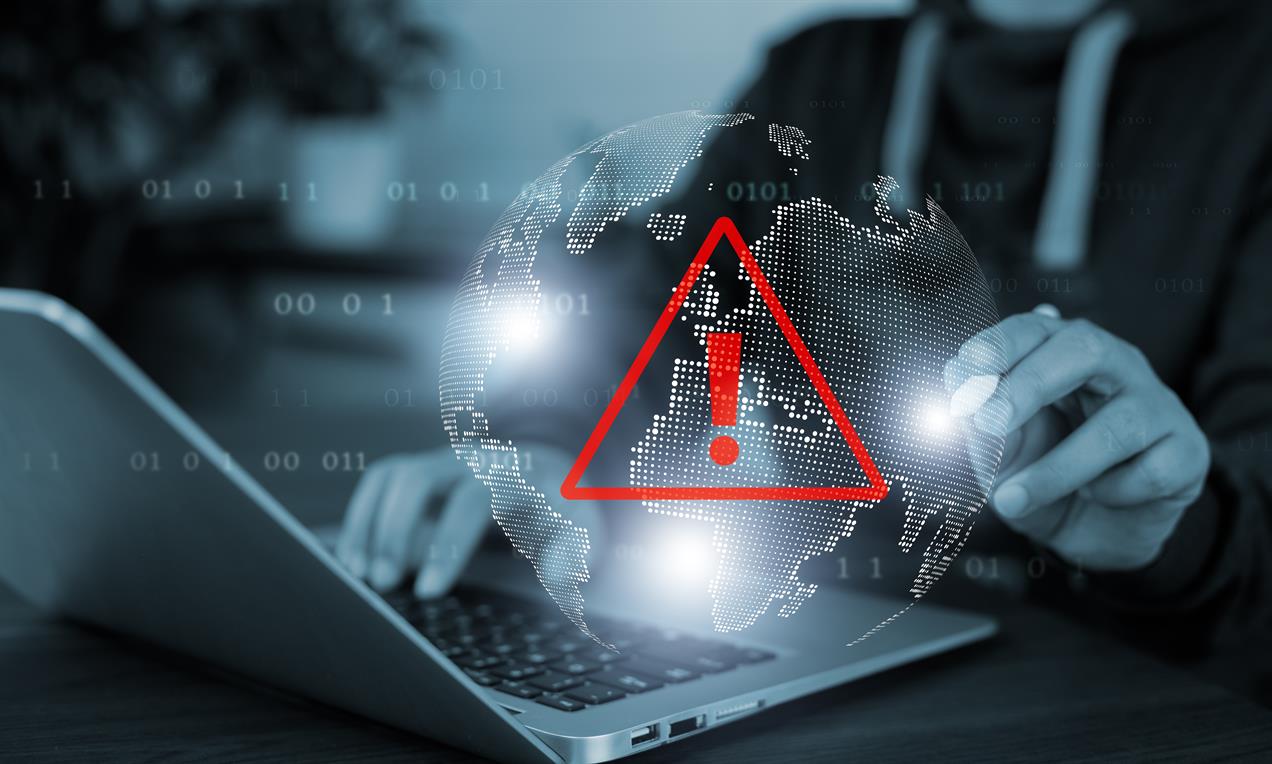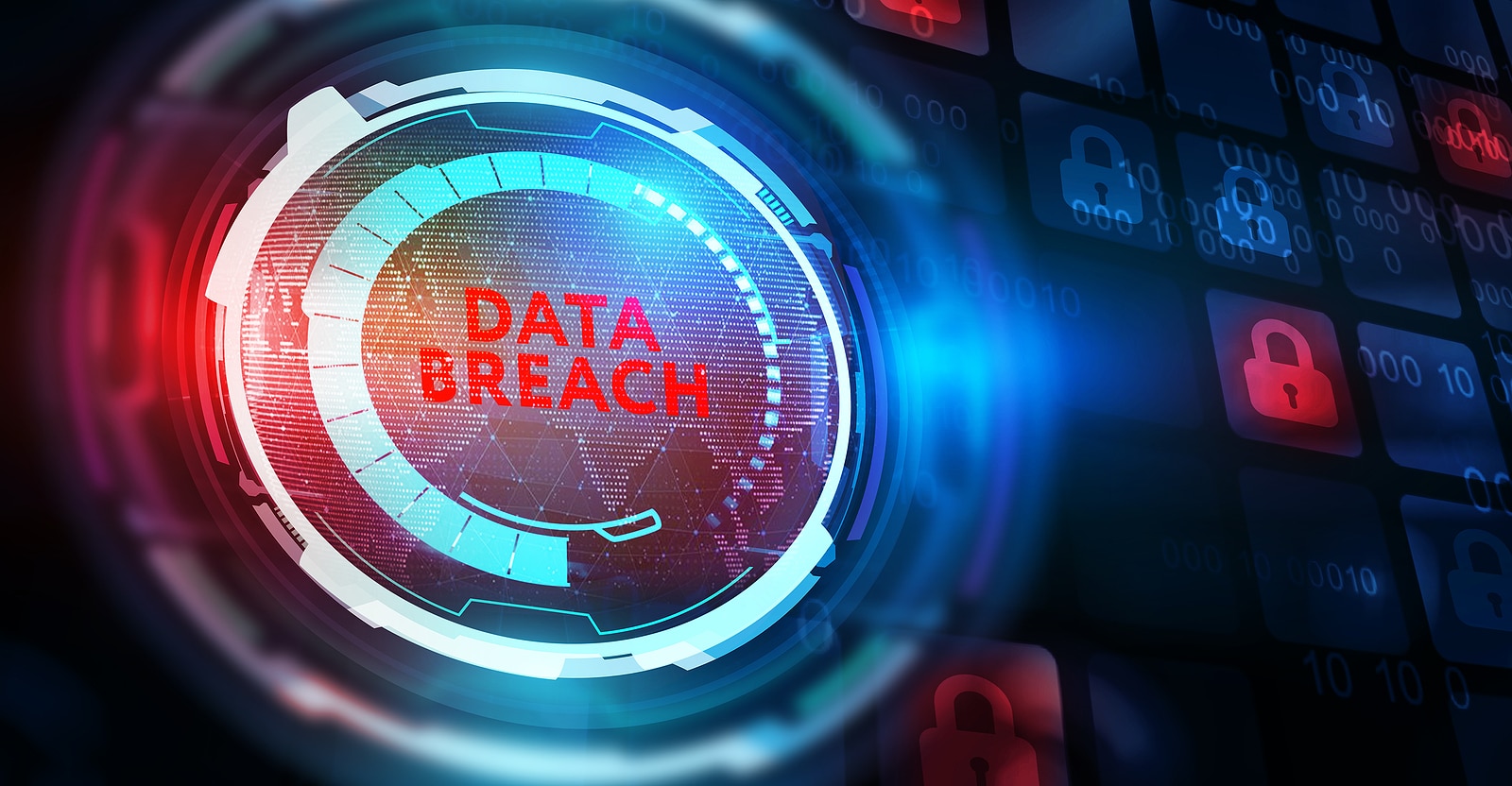In today’s hyper-connected digital world, technology companies face an unprecedented challenge: maintaining customer trust when systems fail. Whether it’s a widespread service outage affecting millions of users or a devastating data breach exposing sensitive information, tech crises can destroy years of brand building in mere hours. The stakes have never been higher, with customers expecting 24/7 reliability and complete data security from their digital service providers.
Recent high-profile incidents have demonstrated the critical importance of effective crisis communication. When CrowdStrike’s security update caused a global IT outage in 2024, companies that responded with transparency and swift action maintained customer loyalty, while those that remained silent or provided inadequate communication suffered lasting reputational damage. Similarly, data breaches continue to plague organizations worldwide, with the average cost of a breach reaching millions of dollars in direct costs, regulatory fines, and lost business.
The difference between companies that emerge stronger from tech crises and those that suffer permanent damage often comes down to one crucial factor: their crisis communication strategy. Effective PR damage control isn’t just about managing the immediate fallout—it’s about preserving customer relationships, maintaining stakeholder confidence, and positioning your organization as trustworthy and accountable. This comprehensive guide will equip you with the essential strategies, tactics, and frameworks needed to navigate tech crises successfully, turning potential disasters into opportunities to demonstrate your company’s resilience and commitment to customer service.
Understanding the Unique Challenges of Tech Crisis Communication

Technology crises present distinct challenges that require specialized PR approaches. Unlike traditional business crises, tech outages and data breaches often affect thousands or millions of users simultaneously, creating massive public scrutiny and media attention. The technical complexity of these incidents can make it difficult to communicate effectively with non-technical audiences, while the rapid spread of information on social media can amplify negative sentiment within minutes.
Data breaches carry additional complications, as organizations must balance transparency with legal requirements and ongoing investigations. Companies face the challenge of providing meaningful updates while avoiding statements that could compromise security measures or legal proceedings. The regulatory adds another layer of complexity, with laws like GDPR and various data protection regulations requiring specific notification timelines and disclosure requirements.
The interconnected nature of modern technology means that a single company’s outage can cascade across multiple industries and services. This creates a unique responsibility for tech companies to communicate not just with their direct customers but with business partners, downstream users, and entire ecosystems that depend on their services.
Building Your Crisis Response Foundation
Establishing Your Crisis Response Team
The foundation of effective crisis management lies in preparation, starting with assembling a dedicated crisis response team before any incident occurs. This team should include representatives from multiple departments: technical experts who can explain the nature of the problem, legal counsel to navigate regulatory requirements, communications professionals to craft messaging, and executive leadership with decision-making authority.
Your crisis team should have clearly defined roles and responsibilities, with a designated team leader who serves as the central point of contact and decision-maker. This leader must have sufficient authority to approve communications and allocate resources quickly during high-pressure situations. Consider whether you’ll need external PR support and establish those relationships in advance.
Developing Pre-Approved Messaging Templates
Speed is crucial during tech crises, making pre-drafted communication templates essential for rapid response. These templates should cover various scenarios, including service outages, data breaches, security incidents, and product failures. Each template should be pre-approved by legal and executive teams, allowing for quick customization with specific incident details when a crisis occurs.
Your messaging templates should address key stakeholder groups separately: customers, business partners, employees, regulators, and media. Each audience requires tailored communication that addresses their specific concerns and information needs. For example, customer communications should focus on impact and resolution timelines, while regulatory notifications must include specific technical details and compliance information.
Immediate Response Strategies During Tech Crises

The Critical First Hour
When a tech crisis strikes, the first hour determines whether you’ll control the narrative or become a victim of speculation and misinformation. Your immediate priorities should be assessing the situation’s scope, activating your crisis response team, and issuing an initial acknowledgment to affected stakeholders.
Begin by establishing a “war room” or dedicated communication channel where your crisis team can coordinate responses and share real-time updates. This centralized approach prevents conflicting messages and ensures all team members have access to the latest information. Pause any scheduled marketing communications or social media posts that might seem tone-deaf during the crisis.
Crafting Your Initial Response
Your first public statement sets the tone for the entire crisis response. If you’re still investigating the situation, issue a holding statement that acknowledges the problem and commits to providing updates as more information becomes available. This approach demonstrates transparency while buying time for r thorough investigation.
For service outages, inform customers about any disruption lasting more than five minutes. Use multiple communication channels, including your website, social media, email, and dedicated status pages, to ensure maximum reach. Your initial message should be concise, factual, and empathetic, avoiding technical jargon that might confuse non-technical audiences.
Managing Data Breach Communications
Balancing Transparency with Legal Requirements
Data breach communications require careful navigation between transparency and legal obligations. Work closely with legal counsel to determine what information can be shared publicly while ongoing investigations continue. Your communications must comply with regulatory notification requirements while providing meaningful updates to affected customers.
Focus your messaging on three key elements: what happened, what information was potentially affected, and what steps you’re taking to address the situation. Avoid speculation about the cause or extent of the breach until you have confirmed facts. Instead, emphasize the immediate actions you’re taking to secure systems and protect customer data.
Stakeholder-Specific Messaging
Different stakeholders require tailored communication approaches during data breaches. Customer communications should prioritize practical information about protecting their accounts and data, while investor communications must address potential financial and regulatory impacts. Employee communications should provide clear guidance on how to respond to customer inquiries and media requests.
Regulatory communications must meet specific legal requirements and timelines, often requiring detailed technical information about the breach’s scope and your response measures. Prepare these notifications in advance and ensure your legal team reviews all regulatory communications before submission.
Long-Term Reputation Recovery

Demonstrating Accountability and Improvement
Recovery from tech crises requires demonstrating genuine accountability and commitment to improvement. Once the immediate crisis is resolved, publish a detailed post-mortem that explains what went wrong, what you’ve learned, and what changes you’re implementing to prevent similar incidents. This transparency builds credibility and shows customers that you take their concerns seriously.
Invest in visible improvements to your systems, processes, and communication capabilities. Consider offering compensation or service credits to affected customers, and implement new monitoring and alert systems that can detect and prevent similar issues in the future. These tangible improvements demonstrate your commitment to customer service and system reliability.
Rebuilding Trust Through Consistent Communication
Trust rebuilding requires consistent, ongoing communication that extends well beyond the immediate crisis period. Establish regular communication channels that keep stakeholders informed about your security improvements, system upgrades, and other measures you’re taking to prevent future incidents.
Effective PR damage control for tech outages and data breaches requires preparation, speed, transparency, and genuine accountability. By building robust crisis response capabilities before incidents occur, you can navigate even the most challenging situations while preserving customer trust and brand reputation. Remember that how you handle a crisis often matters more than the crisis itself—customers will forgive technical failures, but they won’t forgive poor communication or lack of accountability.

